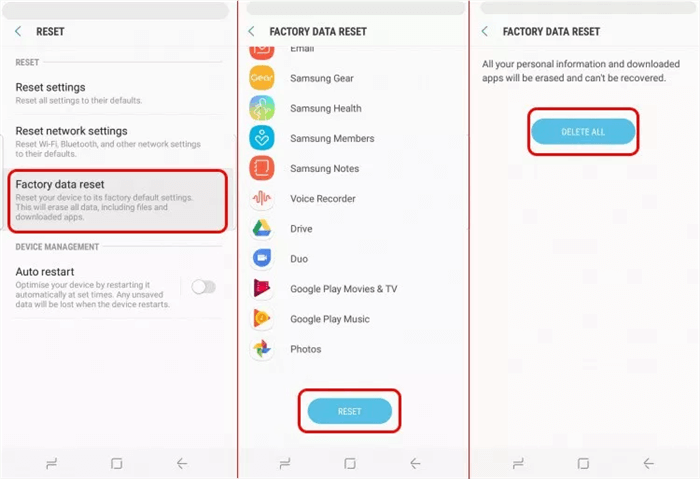Every so often, a bizarre link or piece of text surfaces that, when sent via iOS or macOS, will cause noticeable issues to the recipient’s device. Today, the latest form of this has emerged in what’s being referred to as “chaiOS.” It’s a basic GitHub link on the surface, but it crashes Messages on both macOS and iOS…
Messages App Crashing Mac
The issue was first discovered by Twitter user Abraham Masri, who says the link has a host of effects on macOS and iOS, including freezing, resprings, battery issues, and more.

This worked for me. But if i scroll down the iChat's message feed, or scroll down to different conversation, it will crash. And the name bar now includes 'Maybe'. I.e.: 'Profile Pic/Avatar' Maybe: Jim Conner 12:00 PM. Other messages have Profile Pic/Avatar and no name but the phone number, i.e.: 'Profile Pic/Avatar'. There appears to be a new character-linked bug in Messages, Mail, and other apps that can cause the iPhone, iPad, Mac, and Apple Watch to crash when receiving a specific string of characters.
We tested the chaiOS bug and had mixed results. In some instances, sending the link would cause both the sender and recipient’s device to respiring or cause the Messages app to instantly freeze and crash. Furthermore, reentering the thread would cause the Messages app to crash again and again, making the only viable solution to regain access to that thread to delete it and start a new one.
In other cases, Safari would crash or display the spinning beach ball on macOS. We never experienced a full device respiring, but that’s not to say it’s not possible. Additionally, it sometimes caused dramatic lag in the Messages app and throughout iOS and macOS.
It’s unclear what exactly is causing this problem, but it harks back to the “effective power” bug that plagued iOS devices a few years ago. Since then, we’ve seen a few other similar issues.

Issues like this generally are harmless and are mainly used for pranks on social media and in Messages. The ‘hack’ has been seen to work on the latest public versions of macOS and iOS, as well as select beta users. Apple generally doesn’t rush to fix these types of issues as they pose no immediate risk to users other than a brief annoyance.
The link itself is available in the tweet embed below. In general, this “bug” is just a pain all around in Messages. It’ll cause your device to completely freeze, prevent Messages from opening at all, and much more. This is definitely an instance where you should proceed at your own risk.
Try it if you want and let us know what results you see down in the comments
FTC: We use income earning auto affiliate links.More.
Original KB number: 3014451
Symptoms
Microsoft Outlook 2016 for Mac crashes immediately after startup. The crash reporter displays the following error information.
Exception Type: EXC_BREAKPOINT (SIGTRAP)
Exception Codes: 0x0000000000000002, 0x0000000000000000Application Specific Information:
dyld: launch, loading dependent librariesDyld Error Message:
Library not loaded: @rpath/osfcore.framework/Versions/A/osfcore
Referenced from: /Applications/Microsoft Outlook.app/Contents/MacOS/Microsoft Outlook
Reason:image not found
Cause
This problem occurs if the underlying file system is formatted as case-sensitive. In this scenario, the file is named OsfCore.framework. However, Outlook 2016 for Mac looks for a file that is named osfcore.framework and cannot find the file inside the app bundle.
Workaround
To work around this problem, rename the OsfCore.framework file as osfcore.framework. To do this, follow these steps:
- In Finder, open the Application folder.
- Right-click Microsoft Outlook, and then select Show Package Contents.
- Open the Frameworks folder, and then find the OsfCore.framework file.
- Select OsfCore.framework, press Return, and then change the file name to osfcore.framework.
More information
Why Is My Message App Crashing
You can use Disk Utility to determine whether the file system is formatted as case-sensitive. To do this, run Disk Utility, select the hard disk drive partition, and then select the Erase tab to view the Format option that's selected. If either of the case-sensitive options are selected, you may experience this problem.